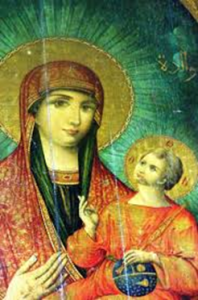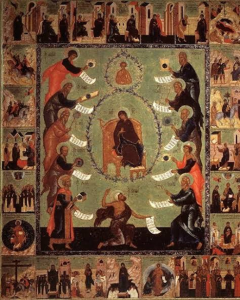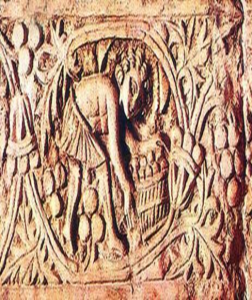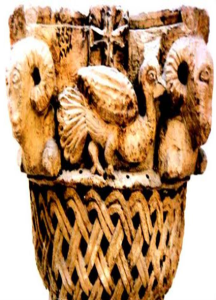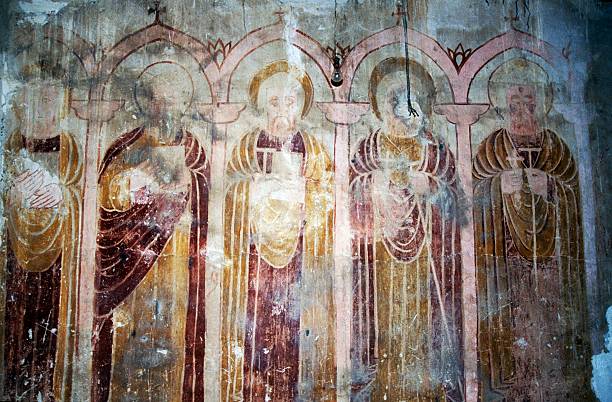Expressions of Faith in Early Christian Egypt

The Emergence of Coptic Art
Coptic art emerged in Egypt following the Roman Empire’s recognition of Christianity. Significantly influenced by the Hellenistic art of Alexandria and the ancient Egyptian heritage, Coptic art presented a unique blend of these traditions. It served as a visual expression of religious and social life, depicting themes such as monastic rituals, the Holy Family’s journey, funerary customs, and stories from the Old Testament. This fusion of influences gave Coptic art a distinct character
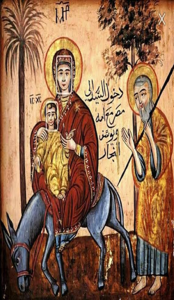
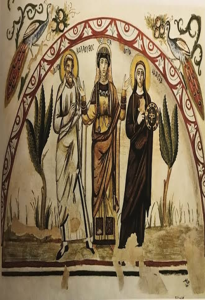
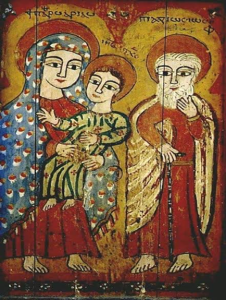
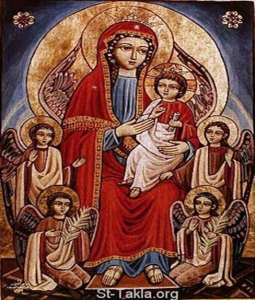
The Concept of Coptic Art
Coptic art was primarily a religious art form, emphasizing asceticism and a connection to nature. Rooted in Egyptian life, it incorporated distinctive Egyptian features like wide eyes and characteristic skin tones. The use of geometric patterns, such as circles, squares, and triangles, was prevalent due to their symbolic significance. Coptic artists excelled in woodcarving and textile painting, often depicting scenes from daily life and mythology. They also adorned walls and niches with symbolic patterns.
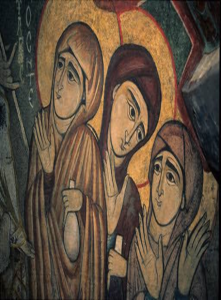
Symbolism in Coptic Art
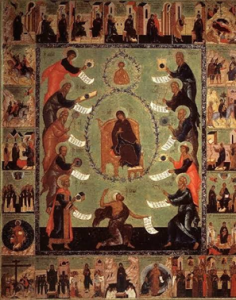
Pre-Christian Symbols
Before the formal adoption of Christianity, Coptic art employed symbols that refer to Christian beliefs without directly challenging Roman authorities. For instance, the key of life symbolized the crucifixion of Christ. while the trussed roof represented Noah’s Ark (symbol for salvation). The ostrich’s egg symbolized the Christian’s unwavering devotion to their faith as the ostrich is the bird that continuously watches over its young
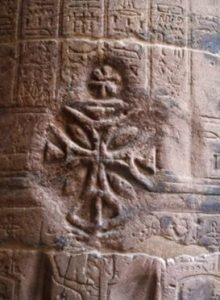
Animal and Bird Symbolism
Animals and birds held significant symbolic meanings in Coptic art: The dove represented the Holy Spirit. the peacock symbolized eternity. the crocodile represented evil. the fish symbolized fertility, wisdom, and, at times, Jesus himself. Palm fronds symbolized Christ’s triumphal entry into Jerusalem.
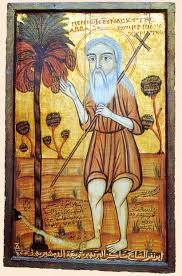
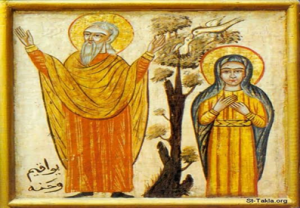
Color Symbolism in Coptic Art
•Gold: Gold is symbolic of holiness and is often depicted as golden halos around the heads of martyrs and saints. •White: White represents purity. •Red: Red symbolizes redemption and sacrifice. •Green: Green is associated with life. •Yellow: Yellow signifies divine light.
